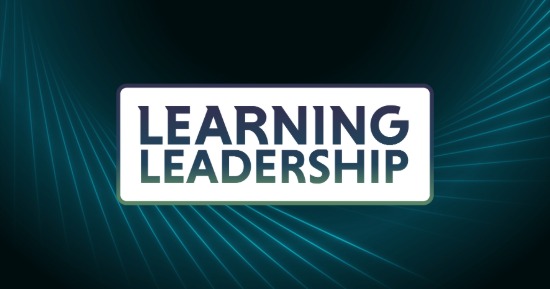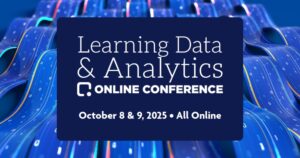Understanding generational definitions is not just a theoretical exercise, but a necessary tool for instructional designers. It equips them with the knowledge of employees’ unique characteristics, habits, and behaviors over time. These changes significantly influence how each succeeding generation consumes information and how trust dynamics shift.
The factors that affect information meaning and trust have undergone significant shifts since 2016, and humanity is on the verge of further changes. In the United States, it would appear that this trend began with the election cycle of 2016; events in other parts of the world, such as climate change, pandemics, armed conflict, nutritional endangerment, population displacement, political unrest, and economic stresses, have also driven changes that affect trust. These changes are more than distractions; the erosion of trust in institutions and between generations shows up in learning.
In this article, I will consider the effect of these changes on employees at the beginning of their careers, specifically the approximately 27% to 30% of North American and European employees entering the workforce in 2025. Similar effects will appear in other parts of the world at different times and likely with varying details due to local culture and political situations.
Meaning and Trust
My main concern is the need to consider the common factors in instructional design affecting those new employees. Trust and information affect learning design, from priorities to identifying personas. When this generation enters the workforce, their characteristics will be profoundly affected by changes like work brought about by the introduction of AI and robotics. I hope that primary and secondary education for the following generations will have evolved enough to afford a smoother transition to adult working life (whatever that becomes).
The Forces of Change
In the meantime, those of us in the learning and performance field need to adjust our plans to match the requirements of working in business and employment environments, including working with AI agents and in “lights out” factories. Much of what older generations learned about business and management will fade into the sunset. Other ideas from the 1960s, such as McGregor’s Theory X and Theory Y, remain relevant in understanding and guiding management behavior. However, their application has evolved with modern workplace dynamics.
The forces acting on normative expectations for employee performance and habits, information consumption, and trust that will be (and already are) changing include:
Digital Fluency: New generations will be highly adept at navigating digital spaces. They have grown up with technology and have become proficient in using various platforms to find and share information.
Trust in Influencers: Newer generations often trust traditional news outlets less than they trust influencers and peers. The difference may be that peers and influencers share relatable content and personal experiences, making them seem more authentic and trustworthy.
Media Literacy: The newer generation has developed strong media literacy skills through constant exposure to digital content. They are more likely to question the credibility of sources and cross-check information.
Rapid Information Consumption: Practice has given the new generation the skill to scroll through information quickly. They consume more content at a faster rate and prefer bite-sized information.
Algorithm-driven Content: Social and entertainment media algorithms personalize content feeds based on user behavior, preference, and interactions. Personalization changes GenZ’s (and eventually Gen Alpha’s) exposure to content consistent with their interests and beliefs. The result is social associations commonly called “echo chambers.”
Social media platforms: Social media profoundly impact user engagement through usage patterns. By identifying peak usage times and preferred content, these platforms can effectively push relevant content, influencing user interaction.
Collectively, these factors shape information consumption and trust granting. Consider them as you select sources and develop content.
Critical Skills
Critical thinking skills are even more important to develop in the next five to ten years. As you create a curriculum for critical thinking skills, use the known elements that create trust. The combination will increase the engagement of employees. The foundational set of skills, according to the World Economic Forum, includes:
- Analytical Thinking and Innovation
- Active Learning and Learning Strategies
- Complex problem solving
- Critical Thinking and Analysis
- Creativity, Originality, and Initiative
- Technology Use, Monitoring, and Control
- Resilience, Stress Tolerance, and Flexibility
- Emotional Intelligence
- Leadership and Social Influence
- Curiosity and Lifelong Learning
Building a curriculum with generationally compatible, job-related content is not just a strategic approach but a necessary one that can help employees navigate the evolving job landscape and ensure that they can contribute meaningfully to their organizations. By measuring results and adjusting content and domains appropriately, instructional designers can ensure the effectiveness of their strategies.










